In the practice of beekeeping, the fact of the periodic division of one bee family into several new ones is inevitable. At this point, the two, newly formed by bee royames, no longer enough space in one hive, and therefore a new family flies to look for another housing. For these cases, beekeepers invented ways, with which the process is able to prevent. It does not always succeed, for this case you need to pre-prepare ROOV. We will understand what the roast is for bees, how to do it and correctly, and most importantly, to establish on time.
What is the roast for bees
- Everyone knows that bees pianic in sunny weather and only with a certain amount of bribe. On the eve of the summer, their number is rapidly increasing, but not in such quantities to ensure bees due to breakdown.
- If bribes are small, then the flight insects also remain without work and the bees comes a swarm mood. By this time, it is necessary not only to prepare Roya, but also to do this on time. Usually, the bees in a large ulle is rarely observed if a young uterus is in the family. But in the hive, which is located under the scorching sun, the rose is coming more often. Therefore, an experienced beekeeper should not forget to expand the nest and establish a new hive in close proximity to the one from which the swarm will soon be separated.
- The appearance of drutones in the bee family is a faithful sign of the upcoming rod. It was during this period that members of the Roy cease to interest the framework with the participation, and this method ceases to work to hold the family. The coming root of the wards delivers the beekeeper a lot of trouble, and the bees are not engaged in their work.
What should be the roast
- With the help of a specially prepared new home, held escaped bees. It is also used to temporaracting families or for carrying them.
- In the period of the period, all bees fly out of the hive and, having committed several laps in the sky, find a new refuge. As a new house, the swarm can choose any item, for example, a tree branch, cover or even eaves at home. An experienced beekeeper returns the swarrow back using the trap.
- Usually, the roast has the form of a small basket or a special body, with its help the swarm is caught, and for some time it contains.
- The invention of roasts according to the Boutlerova scheme was greatly popular among beekeepers. It has a form of a frame, on which wrap is put on, pressing the wire mesh. Half of the frame is a folding lid, and on the side walls of the box the hooks are attached to which the roast is suspended. The diameter of such a frame is from 300 mm to 350 mm, and its height is approximately 400 - 450 mm.
- Included with the rook itself there is a drawak in the form of a bucket. It is needed to rake the swarm and a switch, after the new family will lead to the roast. The router is called a suture type with a specific design lid. With the help of a special hook, the sump is fixed near the location of the Roy, and then all the family and the cincure shakes into it.
Primary requirements
- When the bees choose their homes, it is important to them size, smell, pasture quality and remoteness from the reservoir.
- The shape of the trap for Roy is not fundamental, it is necessary to take care of the convenience for the beekeeper. It is important that it is convenient to install it, attach and raise.
- A bees trap is a simple device that does not require high time and materials on its manufacture. It is also comfortable and mobile.
- Experienced craftsmen fit ready-made round plywood barrels. Having done the pilots, they cure the roof of the rubberoid or other material, and then placed inside the frame with the fear.
Volume of trap
- Bees do not tolerate closeness, so they choose spacious accommodation.
- Large sizes of traps make it cumbersome not only for its inhabitants, but also for a beekeeper. At the same time, the small roast of bees also ignore.
- Traps with a volume of about 20 liters are suitable exclusively for a small Roy, usually such a family comes out at the end of summer. The swarm, fleering at the beginning of summer, will not settle in such a roast.
- The most acceptable roast size ranges from 40 l to 80 liters.
ROVNI arrangement tips
- For the manufacture of a roast for bees, a three-layer phanener is used or DVP. A bees trap is a conventional frame for a frame that is tightly closed with a lid.
- Internal dimensions The box is determined by the number of accommodated frames. The size of the depth and length of the usual frame is equal, but the width depends on their quantity. If the roast contains 5 frames, then its size should be approximately 190 cm, respectively, 10 frames - 380 cm.
- The thickness of the front and rear walls should be at least 20 - 24 mm, and the side - from 3 to 4 cm. For the subframe space, it is necessary to take up to 10 - 15 cm.
- The pilot - a hole for departure bees for convenience make top and bottom. The diameter of the upper round hole must be at least 20 - 25 cm, and the bottom - approximately 7 - 8 cm. And the bottom hole does not necessarily be round, unlike the top. It is in such a trap that the car is not treated. In addition, round entrance in the flyer is convenient for plugging. After the bees found themselves inside, the entrance is easy to close, and sometimes it has to do with even one hand.
- The bee trap must necessarily be a hermetic, otherwise angry bees who got angry and the owner will not spare. To deprive insect opportunities to leave Roya, it is frowning with the bark, and the rake is rubolized under the pilot.
- For the manufacture of roasts usually use IV rods. The framework of the frame and is covered with spruce bark, imposed 2 layers. If a berson is used as an outer layer, then no less than 4 layers must be applied. The bee swarm takes the same way made housing with pleasure. There is no need to use the bark of living trees, there is enough material from the cutting stems.
- Beekeepers show miracles of ingenuity in the manufacture of traps: use small metal barrels and even cardboard boxes. It is important to save these containers from all foreign smells.
Device traps from the inside
- In the cylindrical trap, the framework is set vertically, and the fastening of the carrier is made in the usual way.
- The grinding comb is attached at a distance of 5 - 10 cm above the bottom level. The upper cut must be tied with a cloth, otherwise the bees will definitely find a crack. And if they start to lick, then in large quantities - the stinging of the beekeeper will take place, defending its right to independent choice of dwelling. Therefore, the more denser you will deliver the top of the trap, the greater the safety of yourself.
- The internal device of the quadrangular roast for bees repeats the internal content of the hive. 5 - 8 standard size frames are suspended on her shoulders. They do not need to be made personally, you can use the store option, which is perfect and for small Ries.
- Fastening the frame in the trap should be durable. In no case should not move during transportation, in order not to be disturbed by the county and parallelism. Compliance with the rigid geometry of fastening the framework will make it possible to change the bee in the hive without any problems, almost without loss in the family.
- Wrameless traps have many flaws, and their use is not welcome by avid beekeepers. Today, the Wagon has ceased to be such a scarce product, as before, so use the frames fastened by the full sheets of the coaster. As soon as the construction of Sotov is over, the bees will begin to collect nectar.
- Do not forget to spy the massacre from all sides with syrup, welded in advance from sugar and water. To do this, mix 100 g of water from 150 g of sugar. Instead of sugar, you can also use honey dissolved in a small amount of water. You can spray the solution using an ordinary sprayer.
- After treatment, the bee syrup is twice as intense. In order to spur, their enthusiasm is recommended at the very edge of the new roast to put a frame with an old honeycomb. His smell will attract bees anymore.
- Next, it is necessary to put a canvas or a piece of old swords, and covert the streets to the racks. On top of all, fill the rails and so in a circle twice. The whole design in the end is to cover with polyethylene and finally put the roof.
- The next step is the roof of the roof to the housing is sufficiently strong wire with a carbine for hanging the roast to height.
What to paint Roevnia
- Color traps with oil paints. The processed roast will not be crazy, and the paint will prevent the intake of plywood. Of course, it is not necessary to paint the roast, because it will serve you without it up to 10 seasons, but if you have decided to paint the trap, then do it in advance, at least 6 months before the relocation, so that the smell of paint managed to completely disperse.
- It is best to use green paint that will mask a trap on a general background. Do not use quick-sinking paints for the roast, they flake and retain a sharp, unpleasant smell for a long time.
- Also for painting traps use grass, it is desirable that it was young. The walls simply rub it with juice along and across, after which they become a dirty green. Natural color and natural smell of this option attract bees. Such paint is holding up to 3 seasons.
- Internal walls in no way stain, they must breathe, skip moisture and do not fog in a sharp change of temperature on the street. Since stable dampness may form in painted traps.
We make Roya for bees with their own hands
If you decide to make a roast yourself, first of all, decide on the design and material. Remember that the size of the trap and its upper holes are important characteristics. The swarms are quite large and you need to catch and place all the bees in a new house.
In the modern world, where access to the information is almost unhindered, you can find a variety of videos, in detail, step by step, showing the manufacture of various options for bees with your own hands. Stay on your favorite or easy option for you, prepare the necessary materials and proceed to work. The main thing is that your product does not have slits, but at the same time passed the air.
Tools and materials
List of tools for the manufacture of the roast for bees do it yourself:
- metal grid;
- board and sheets of pressed chips;
- sheets of fiberboard or plywood;
- cardboard sheets;
- tube glue;
- woodworking tools;
- scissors;
- tools for connecting parts.
Rouvnia Butlerova
- Select the form of the roast in the form of a box.
- We prepare the boards and tiles of pressed chips.
- Product details cut in accordance with the drawing.
- Connecting parts using glue.
- In the middle of the side wall, we make a flyer of 10x80 mm.
- Frame for ventilation we are tightening with mosquito net, fastened nails.
- Walls fasten and get a box.
- Wooden shoulders on the back and front walls.
- Using the scooters, securing the lid.
- From above, fasten the window from the metal grid.
- Cover hooks to the side walls.
Rough of folding type
- This design is designed for transportation and content of bees. It is easy and convenient.
- For its manufacture, we use a dense casing. We take 3 rings and put on them fabric.
- For the bottom we use a kapron mesh.
- The upper part of the mesh tissue is fixed by velcro, pre-throwing half.
- So that the bees are not squeezed into the gaps along the edge between the grid and the casing of the rubber band.
- To give the structure of rigidity, and so that the bees do not bite, the cardboard planks are for tissue walls.
- As a handle for convenience, we use a belt that is sewn in a convenient location. Do not forget that the roast cover should be easily open, remember this when you choose the place of attachment.
Attraction bees by smell: methods
- The sense of bees can be envied, they are clean and love the space.
- In addition, they do not like the smell of dry wood. Therefore, so that insects did not repel a new roast, it is exposed to rain, opening the lid. After that, the smell of fresh wood quickly disappears, and the swarm of bees is not afraid to master the new home.
- To lure bees into the roast, the inner surface is rubbed with melissa or the leaves of black currant. In such a trap, the amount of breakdown will significantly exceed the family, previously planted roots at the apiary.
- It is desirable to hang the houses for the bees for a fir, since they do not need to be treated with drugs to destroy ticks. The needles highlights phytoncides that scare these parasites. In the roast, the frames containing some perg and honey are placed in the world, and in one frame even put a piece of printed truncation.
- It is not recommended to put a roast in close proximity to settlements or livestock farms. Flys that accumulate near farms will be elected in Rosevni and enjoying infection.
- From the inside the traps and new ultrasounds are rubbed by broken satellites or wax, pre-heating the wall with a solder lamp, and the ribs are wetted with an alcoholic solution of propolis.
- A piece of sugar inside the trap will also be well attracted by bees. Some beekeepers even put a piece of peel into the roast, because there is a theory that bees remember the smell of hepell, in which they settled once.
- A piece of pine resin is dissolved by ether and the resulting mixture is applied to the wooden parts of the frames. The ether will quickly evaporate, and the roast will smell the resin and lure bees.
- The space around the flyer and its edge is also rubbed with waxing or honey.

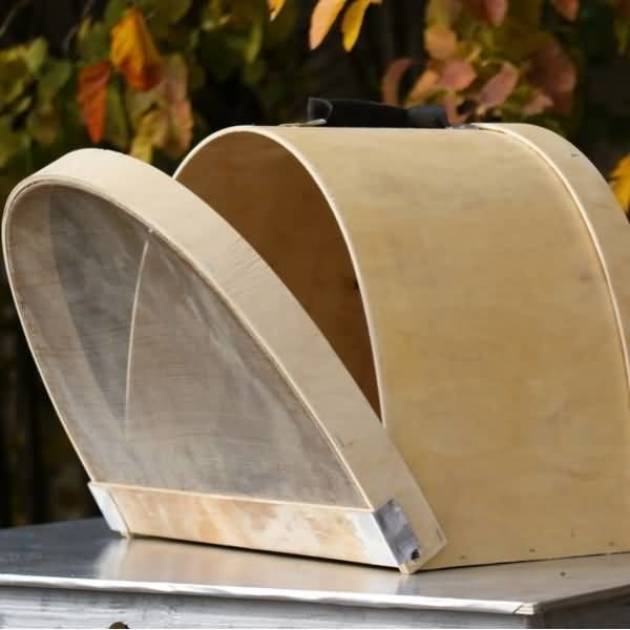

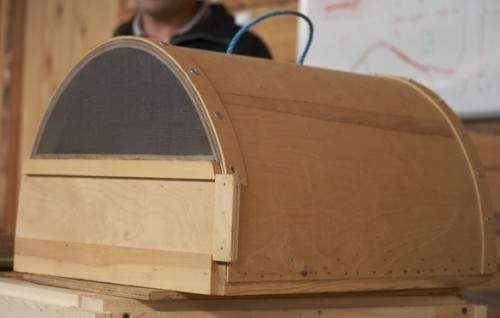
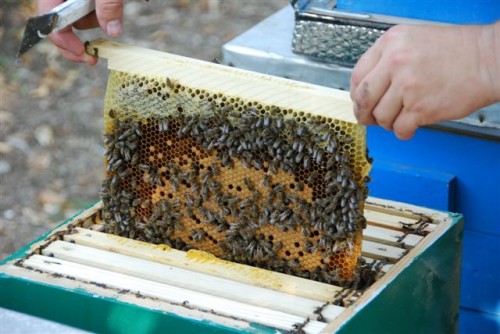
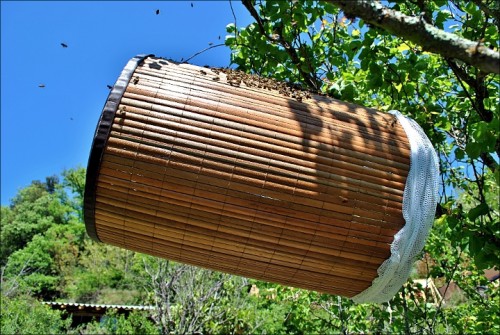
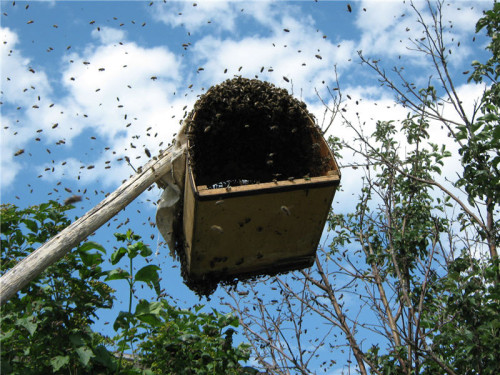
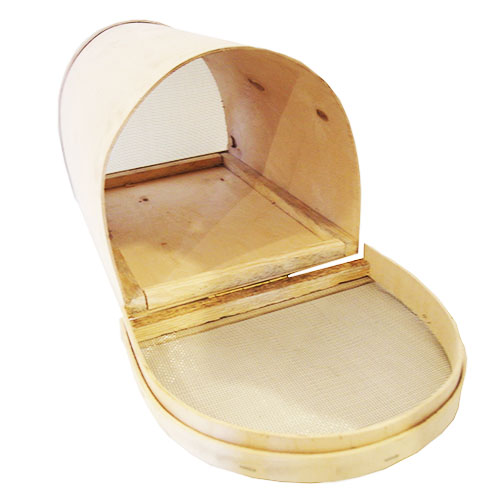


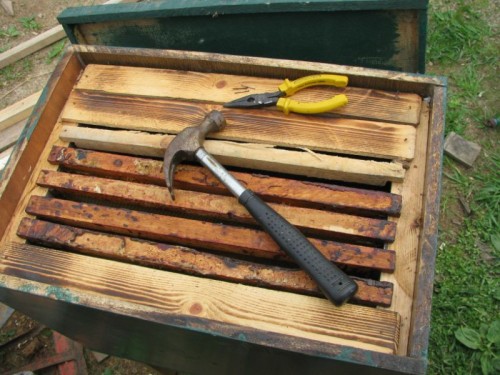
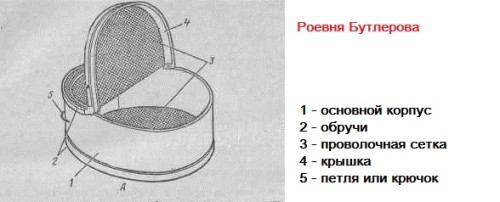
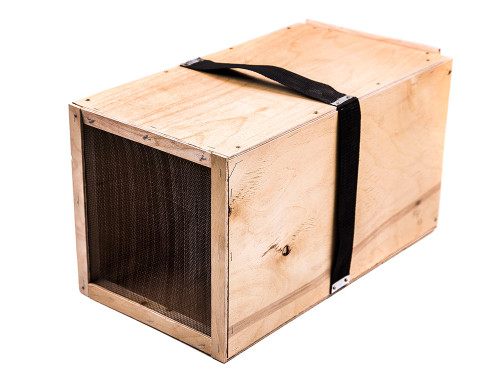
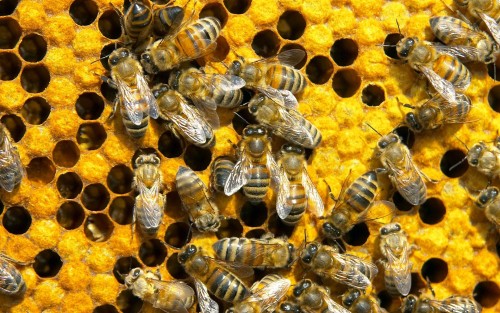
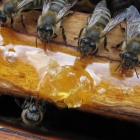
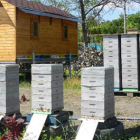
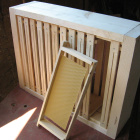
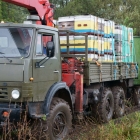
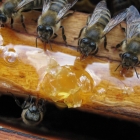
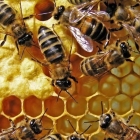
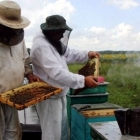
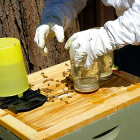
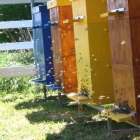
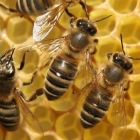
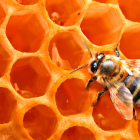
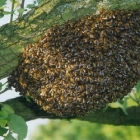
 Start a discussion ...
Start a discussion ...